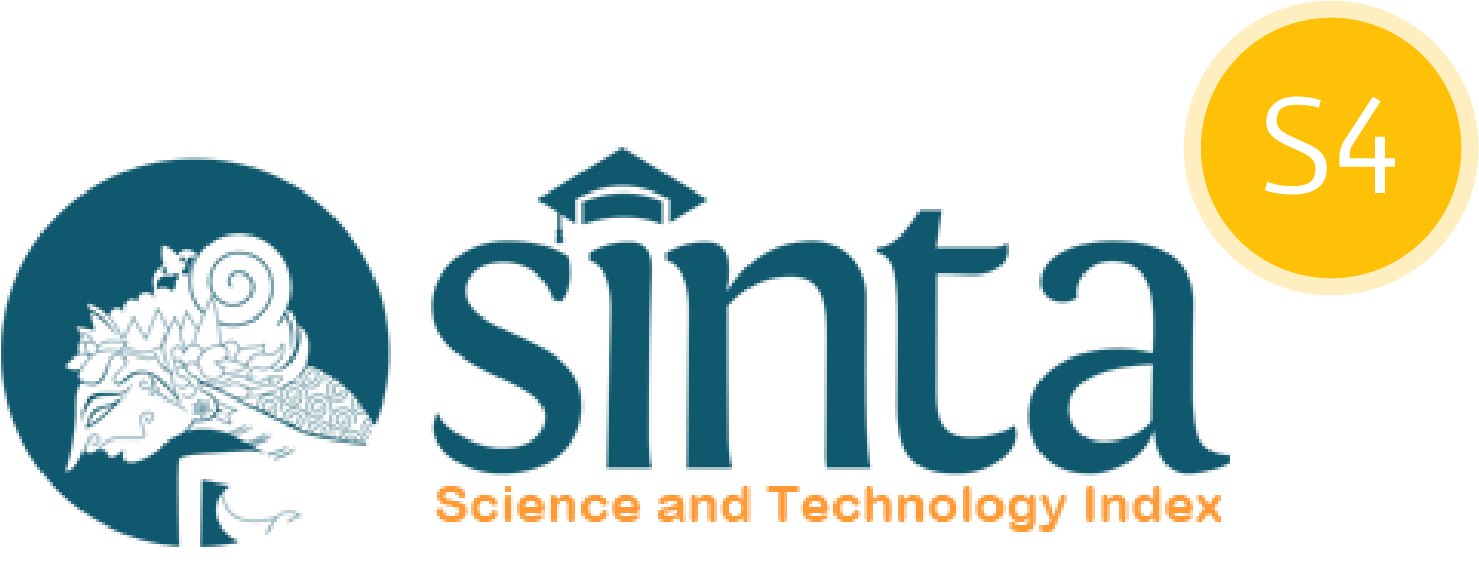Tilapia Fish and Vegetable Cultivation Using the Aquaponic System as an Economic Driver for the Mee Tanjong Usi Village Community in Pidie Regency
DOI:
10.29303/ujcs.v6i2.947Published:
2025-06-16Issue:
Vol. 6 No. 2 (2025): JuneKeywords:
Cultivation, Tilapia, Organic Vegetables, AquaponicsArticles
Downloads
How to Cite
Downloads
Metrics
Abstract
Gampong Mee Tanjong Usi is located in Mutiara Timur District, Pidie Regency, Aceh Province, and has residents whose main livelihood is as farmers. The dense population makes agricultural land scarce. Aquaponic cultivation system is an innovation offered as a solution. The Aquaponics system combines a hydroponic system and an aquaculture system. This PKM activity aims to increase the knowledge and skills of the “Mee Meuhase” group from Gampong Mee Tajong Usi in managing aquaponic systems, producing local food products and increasing income. The implementation method begins with observation and outreach, training and assistance in creating an Aquaponics system, application of technology as well as monitoring and evaluation of program sustainability. The fish seeds cultivated are tilapia (Oreochromis niloticus) and the vegetables grown are spinach (Amaranthus sp) and pokcoy (Brassica rapa L.). As a result of the implementation of the activity, the activity went well with high enthusiasm from the participants. Education and training that assembles, manages aquaponic systems, produces environmentally friendly products, increases environmental awareness and helps increase income.
References
Agustin, D. I., Fahruddin, M. B., Amelia, Y. R., Zulqornain, M. N., Christiaan, P. M., & Ruyono, E. F. (2023). Penerapan teknologi tepat guna dengan menggunakan sistem aquaponik di Desa Kalikatir. Prosiding Patriot Mengabdi, 2(1), 639–649. https://conference.untag-sby.ac.id/index.php/spm/article/view/2955.
Dinas Pangan, Pertanian dan Perikanan. Sistem Budidaya Aquaponik. https://dppp.pontianak.go.id/artikel/49-sistem-budidaya-aquaponik.html.[Internet]. 2018. Diakses pada tanggal 21 Desember 2024.
Handayani, L. (2018, April). Pemanfaatan lahan sempit dengan sistem budidaya aquaponik. In prosiding seminar nasional hasil pengabdian (Vol. 1, No. 1, pp. 118-126). https://e-prosiding.umnaw.ac.id/index.php/pengabdian/article/view/52.
Jirifarm. Ap aitu Aquaponik?. https://jirifarm.com/a-jirifarm-company/aquaponics/apa-itu-aquaponic/. [Internet]. 2022. Diakses pada tanggal 30 Maret 2024.
Okomoda, V. T., Oladimeji, S. A., Solomon, S. G., Olufeagba, S. O., Ogah, S. I., & Ikhwanuddin, M. (2023). Aquaponics production system: A review of historical perspective, opportunities, and challenges of its adoption. Food Science and Nutrition, 11(3), 1157–1165. https://doi.org/10.1002/fsn3.3154.
Putra, I., Samudra, A. B., Hamdany, A. J., Rahmayani, D. P., Syahrin, M. A., Fadilah, N., Pratama, R. A., Khanifah, S., Monica, T., & Fadhilah, T. (2023). Budidaya kangkung dan ikan lele dengan sistem aquaponik di Kelurahan Tobekgodang. Dirkantara Indonesia, 1(2), 71–76. https://journal.fourzero.id/index.php/di/article/view/50.
Putri, A. W. C., Suharto, E., & Sugiasih, S. (2024). Kajian Alih Fungsi Lahan Pertanian Ke Non-Pertanian di Kecamatan Junrejo, Kota Batu. Widya Bhumi, 4(1), 16-34. https://jurnalwidyabhumi.stpn.ac.id/index.php/JWB/article/view/91.
Rosyid, M. (2021). Pengaruh Pertumbuhan Penduduk Terhadap Perubahan Penggunaan Lahan Pertanian Ke Non Pertanian Kecamatan Banyudono Kabupaten Boyolali Tahun 2006-2018. GEADIDAKTIKA, 1(2), 120-137. https://digilib.uns.ac.id/dokumen/detail/85750/.
Ritonga, A. M. (2023). Pengembangan Sistem Aquaponik Pada Budidaya Ikan Integratif Sebagai Upaya Peningkatan Pendapatan Petani. Berdikari: Jurnal Pengabdian Masyarakat Indonesia, 5(2), 66-75. https://www.researchgate.net/publication/371757980_Pengembangan_Sistem_Aquaponik_Pada_Budidaya_Ikan_Integratif_Sebagai_Upaya_Peningkatan_Pendapatan_Petani.
Syafrudin, Sudiyarti N, Ismawati, Haryadi W, Kurniawansyah. Budidaya Terintegrasi Lele dan Kangkung dalam Mewujudkan kemandirian Pangan Masyarakat. Jurnal Pengembangan Masyarakat Lokal. 2019. 2 (2). https://e-journallppmunsa.ac.id/index.php/jpml/article/view/806
Wongkiew, S., Hu, Z., Chandran, K., Lee, J. W., & Khanal, S. K. (2017). Nitrogen transformations in aquaponic systems: A review. Aquacultural Engineering, 76, 9-19. https://www.sciencedirect.com/science/article/abs/pii/S0144860916301510.
Yulianyahya, R. W. (2022). Optimalisasi feses/kotoran dari budidaya ternak ikan sebagai sumber nutrisi tanaman dengan sistem aquaponik. Pengmasku, 2(1), 76–84. https://doi.org/10.54957/pengmasku.v2i1.197
Author Biographies
Ervina Dewi, Biology Education Study Program, Jabal Ghafur University
Rahmi Agustina, Biology Education Study Program, Jabal Ghafur University
Khairul Murdani, Animal Science Study Program, Jabal Ghafur University
Muhammad Fadhil, Student of Biology Education Study Program, Jabal Ghafur University
Azhari, Student of Biology Education Study Program, Jabal Ghafur University
License
Copyright (c) 2025 Ervina Dewi, Rahmi Agustina, Khairul Murdani, Muhammad Fadhil, Azhari

This work is licensed under a Creative Commons Attribution 4.0 International License.
You are free to:
- Share — copy and redistribute the material in any medium or format for any purpose, even commercially.
- Adapt — remix, transform, and build upon the material for any purpose, even commercially.
The licensor cannot revoke these freedoms as long as you follow the license terms.
Under the following terms:
- Attribution — You must give appropriate credit, provide a link to the license, and indicate if changes were made. You may do so in any reasonable manner, but not in any way that suggests the licensor endorses you or your use.
- No additional restrictions — You may not apply legal terms or technological measures that legally restrict others from doing anything the license permits.
Notices:
You do not have to comply with the license for elements of the material in the public domain or where your use is permitted by an applicable exception or limitation.
No warranties are given. The license may not give you all of the permissions necessary for your intended use. For example, other rights such as publicity, privacy, or moral rights may limit how you use the material.




